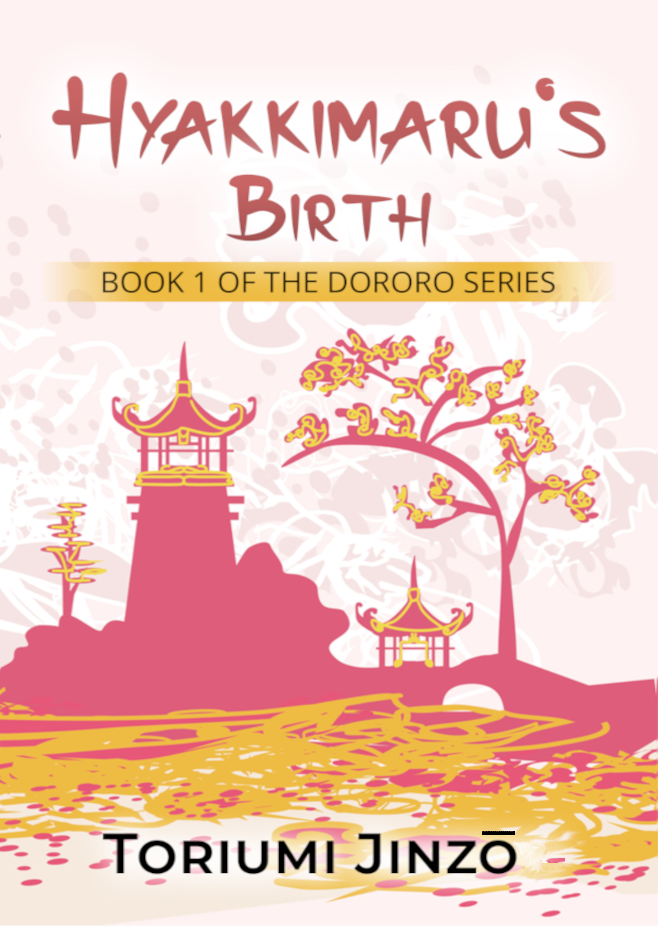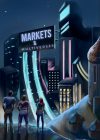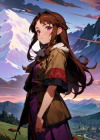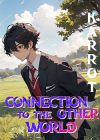Dororo

Type
Genre
Tags[ ]
Rating(4.0 / 5.0, 2 votes)
| 5 | 50% (1 votes) |
| 4 | 0% (0 votes) |
| 3 | 50% (1 votes) |
| 2 | 0% (0 votes) |
| 1 | 0% (0 votes) |
Language
Support Book (#ad)
Author(s)
One entry per lineArtist(s)
One entry per line
N/A
Year
Example: 2012
2001
Status in COO
Status in Country of Origin. One entry per line
Completed
Licensed
No
Completely Translated
Original Publisher
One entry per lineEnglish Publisher
One entry per line
N/A
Release Frequency
Every 80.3 Day(s)Activity Stats [Graph]
Weekly Rank: #2000Monthly Rank: #2000
All Time Rank: #18772
Reading List [Graph]
On 54 Reading Lists
Monthly Rank: #20554
All Time Rank: #20155
Description
Links are NOT allowed. Format your description nicely so people can easily read them. Please use proper spacing and paragraphs.A series of three historical fantasy novels written by Toriumi Jinzo, based on Tezuka Osamu’s “Dororo” manga series.
Associated Names
One entry per lineDemon Sword Dance
Fall of Daigo
Hyakkimaru's Birth
小説どろろ 妖刀乱舞
小説どろろ崩壊大魔城
小説どろろ百鬼丸の誕生
Fall of Daigo
Hyakkimaru's Birth
小説どろろ 妖刀乱舞
小説どろろ崩壊大魔城
小説どろろ百鬼丸の誕生
Related Series
Dororo Movie (Alternate Story)Recommendations
N/ARecommendation Lists
N/ALatest Release
| Date | Group | Release |
|---|---|---|
| 10/14/21 | ainikki | v3 |
| 09/07/21 | ainikki | v2 |
| 02/15/21 | ainikki | v1 |


